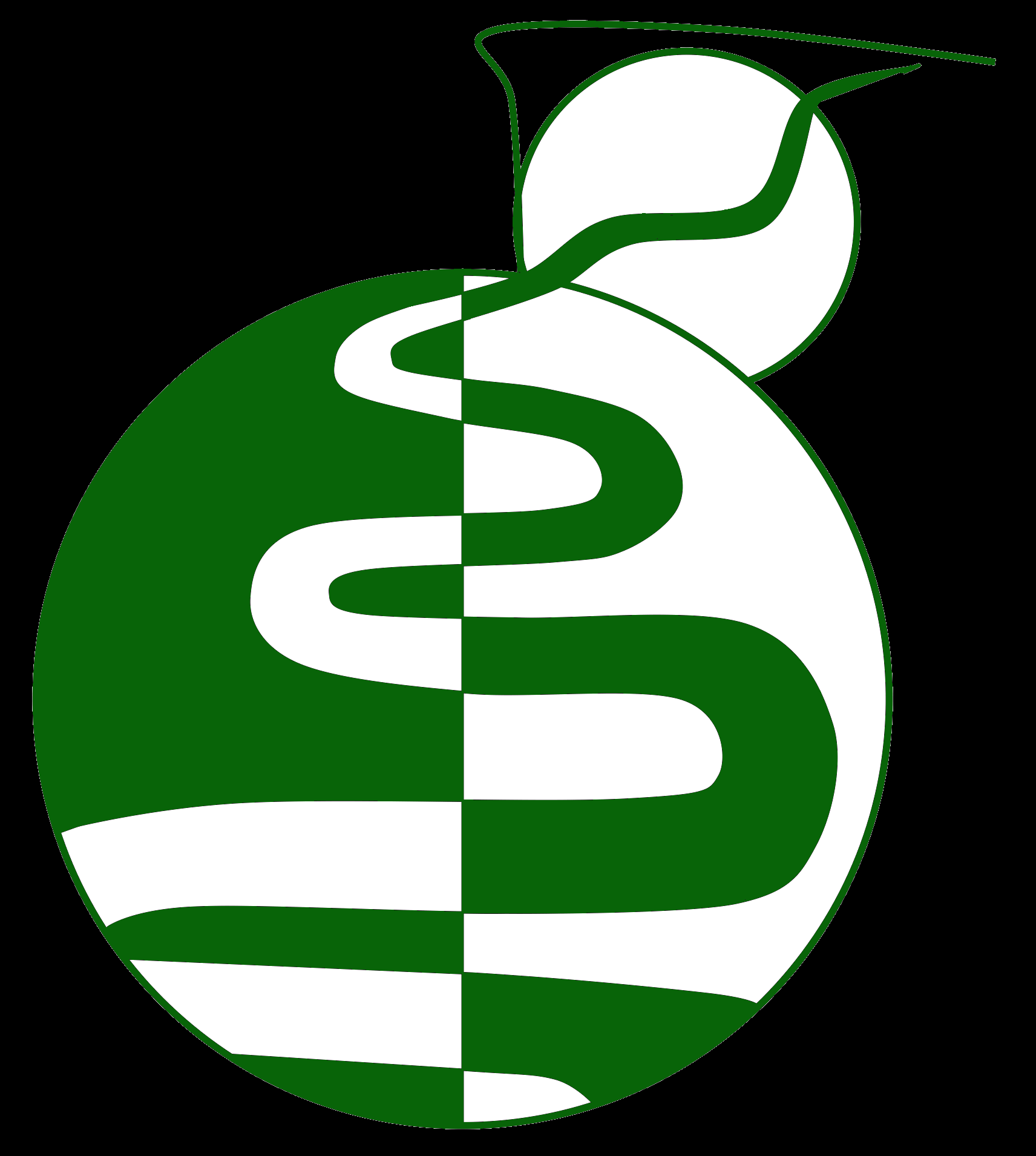What does a Good China Wholesaler Do?
What a good China Wholesaler (referred to as an outsourcing partner from here) can do for you, is to thoroughly understand your products and components. Their representative should have face-to-face meetings with you and your engineers/manufacturing team to ensure this. They should look at any engineering drawings or concept sketches you have. They should ask about any safety requirements your product has (UL specifications, ROHS, IMDS listings, etc).
A good outsourcing partner will present several factory options to supply your product. Some factories may offer lower MOQs, while others offer lower price. You should have choices to find the right balance for your company. Your outsourcing partner should be able to describe the production methods needed to produce your products. Is it a metal stamped or CNC machined part? Plastic Injection or Extruded? Or Blow-molded? You may not know the answer, but your outsourcing partner needs to know the answer to find the type of factories that specialize in the correct manufacturing process. Our page here explains some of these common manufacturing processes.
Otherwise, they will probably reach out to a trading company. Intermediaries mean you are not communicating the exact specs of your product with the engineers and managers who actually oversee the production line. It's a recipe for you to pay for and receive a lot of inventory that you can't use. On this point, your outsourcing partner should be willing to let you know who the factory is, their address, and the factory's contact info. They should be able to tell you the registered amount of capital the factory has. This is an amount reported to the Chinese government when any Chinese company incorporates or reorganizes.
An outsourcing partner will be able to tell you their Quality Assurance procedures. There is more to this than just ensuring inspections are done at the factory. First, they should be hiring an independent 3rd party Inspection company to do a sampling inspection. Second, if the product is customized in any way, an overall factory inspection should be done before any payment for orders are sent. Even if it's a standard, off-the-shelf part, having an overall factory inspection can help prevent receiving unusable inventory. Third, they should insist on a prototype and sample process of your products before any orders are initiated. You may have to pay fees for this process, as many Chinese factories charge for this. Again, this is much more important if its a customized and unique product.
Other Quality Assurance procedures can include payment terms that ensure the factory won't receive some or all of the payment until the shipment product passes inspection. They should also explain how the designated shipment method and a speedy customs clearance will ensure your product is not damaged enroute. Just having product insurance provided by a transportation carrier is NOT enough! Finally, your outsourcing partner should have had regular calls with not only the factory's sales rep, but also their engineers, and at least one call with the factory owner. Face-to-face meetings are even better, and both of these means there is good communication, and that the factory is reputable.
Finally, your outsourcing partner should not be rushing a project. To outsource customized parts such as a simple, 2"x2" metal stamped component, requires time. At least 15 days to do a prototype, 20-40 days to make a mold/tooling, and 10 more days to make samples and have them delivered to you. Standard parts won't need prototyping or tooling, but definitely need samples to ensure the China factories product is the same as your current product. Production lead times can be as short as 10 days, but could take up to 40 days if there are many orders ahead of yours. Transport by air will take at least 2 weeks, as export & import customs clearance, and staging at the airport warehouse takes more time than the actual flight. Ocean Transportation from a Chinese factory dock to your dock will take about 20 days if you're located on the US west coast, 30 days for the US east coast, or 40+ days for inland US destinations.
You can find out more about how Outsourcing Management works here.
